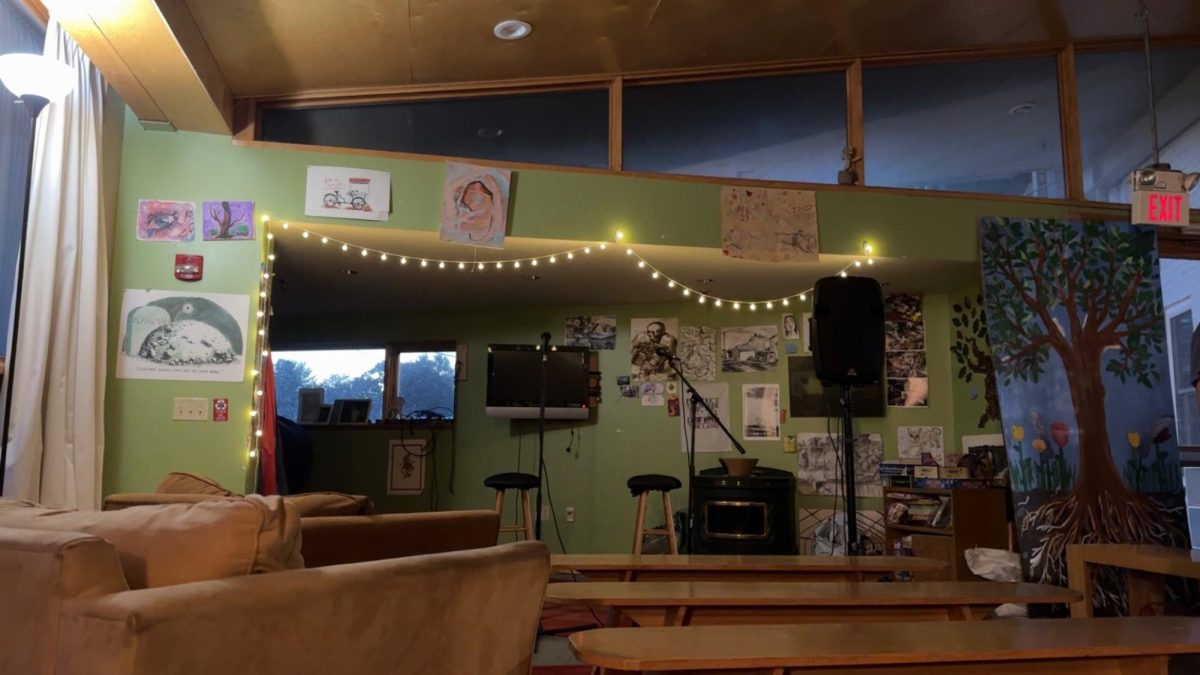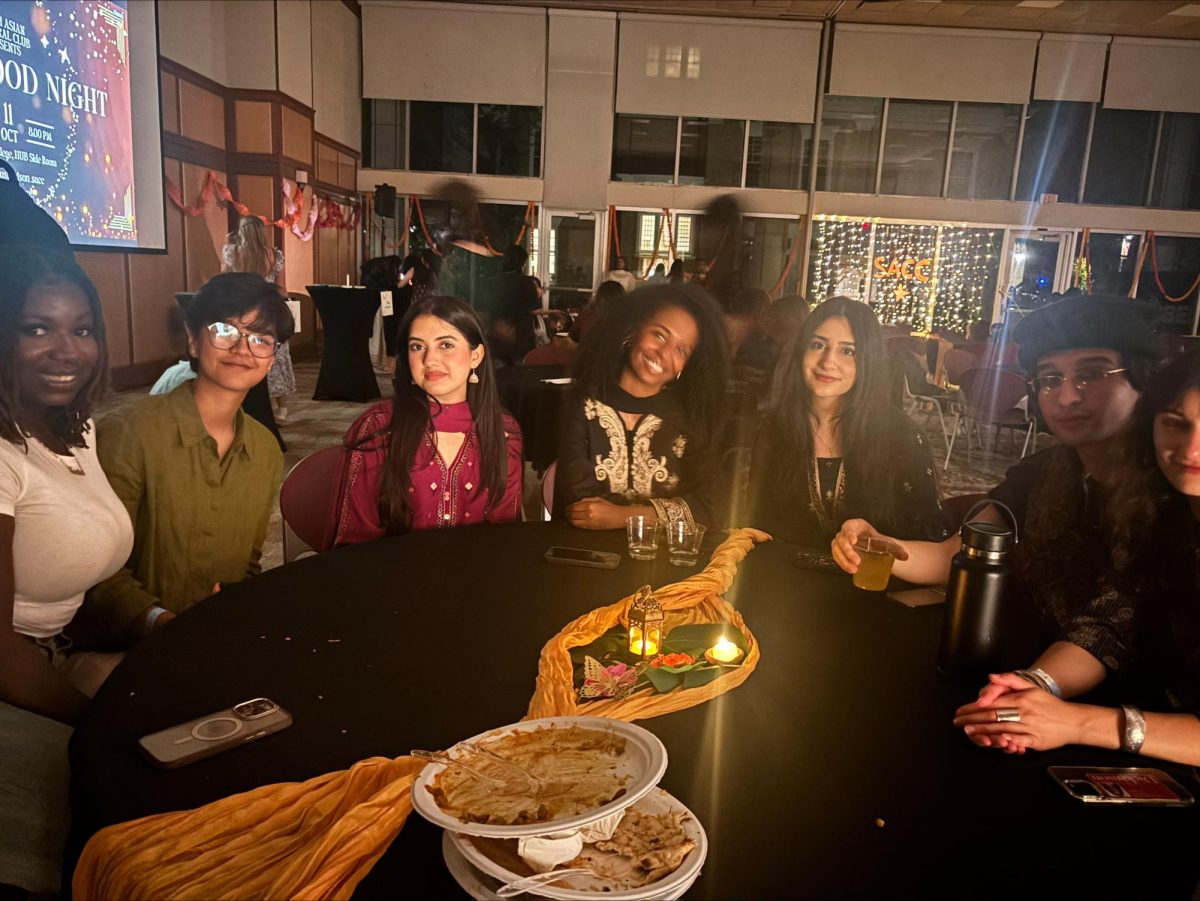On March 24, Professor Evan Young gave the History Department’s annual Bell Lecture on “Virtuous Healing: Medical Knowledge in Women’s Educational Literature in Early Modern Japan.” The research included in the presentation will be a key part of his upcoming book “Family at the Bedside: Illness, Healing and Knowledge in Early Modern Japan.”
His research focuses on didactic literature, specifically medical knowledge in women’s literature in early modern Japan. In the Edo period (1603-1868), Japan saw a rise in urbanization, commerce and literacy. Young noticed that historians often prioritize sources based on who wrote them rather than content. For example, historians studying the history of medicine prioritize texts written by doctors and physcians, but in a time period without medical schools or degrees there was a lot of medical knowledge written elsewhere that historians were not properly looking at.
He realized from reading diaries and domestic records that a lot of healing was done by women at home. Therefore, he became interested in looking at educational texts for women discussing medicine, and realized that these texts were incredibly popular and contained a ton of medical knowledge — to the degree that it was impossible to tell the history of medicine in early modern Japan without them.
Young described his research process as incredibly challenging: less than 1 percent of Japanese texts for women from the Edo period have been transcribed into modern print so it is necessary to know how to read early modern Japanese cursive and grammar, which took him five years to learn.
He has visited about 20 different archives in Japan while doing research, and always looks for texts for women, which don’t receive as much attention as other types of work.
By surveying diaries, letters and domestic records, Young has revealed the extent to which women were involved in healing practices, specifically in the home during a period in which there were few medical “professionals” as we might consider today, meaning that women are often absent from modern history writing about Japanese medicine.
Preconceptions that women must have been subservient or confined to the home are not reflective of women’s lived experiences, and historians have previously ignored medical texts that are specifically for women, many of which were in vernacular scripts. Young’s research provides a broader understanding of constructions of femininity in early modern Japan and challenges existing stereotypes, an new approach which he hopes will become more mainstream.
The information that Young has uncovered revealed the early modern development of the ideal woman as a knowledgeable ideal. One example of this he outlined was the Onna Daigaku from 1716, which gives 19 precepts for women in a vernacular medical text including pre- and post-natal care, childhood ailments and close-at-hand remedies for all ailments that women should know how to treat. They were not always female or child-specific ailments; any educated woman was expected to be a skilled, resourceful and well-rounded healer.
Other texts included practical medical knowledge for gynecological ailments, burns and other everyday issues using sophisticated formulas that women could produce themselves.
Many of the texts for women emphasized medical knowledge and care as a virtuous moral imperative and filial duty. Diaries and domestic records show that women cared for all members of their families when they were sick, incuding extended family and in-laws. Most of the medical labor done at home (which was most of the medical labor in general at this time) was performed by women.





